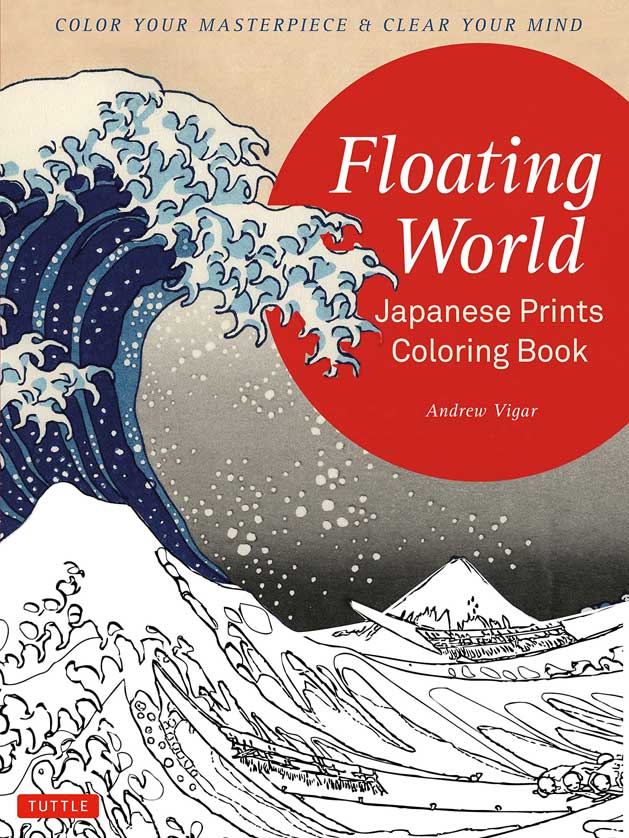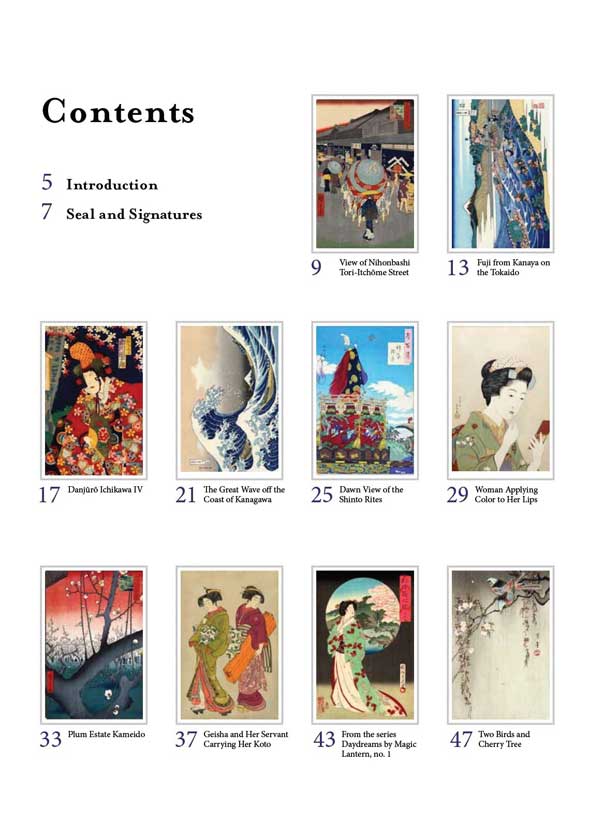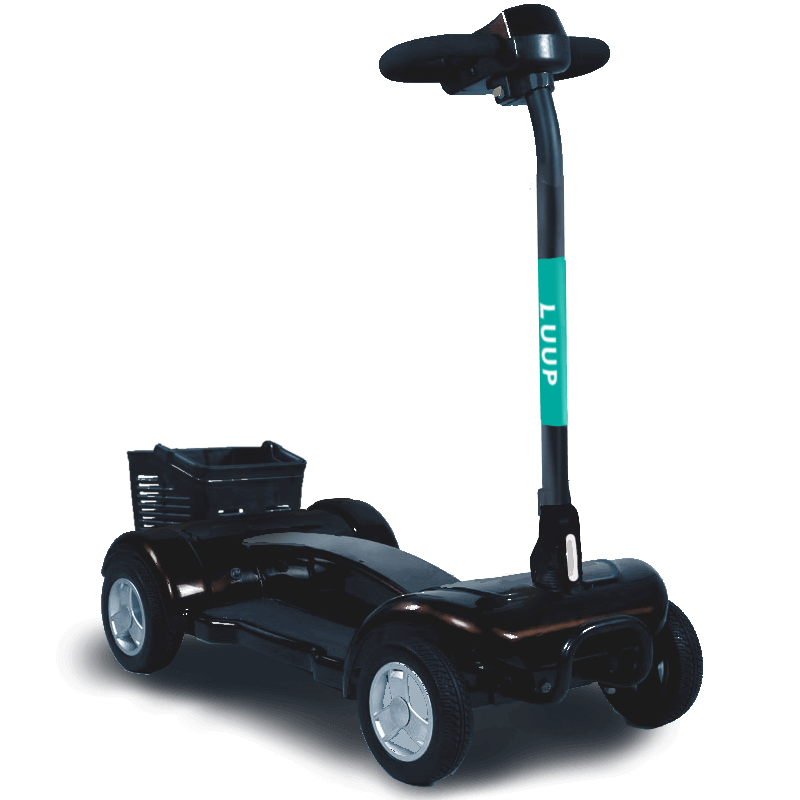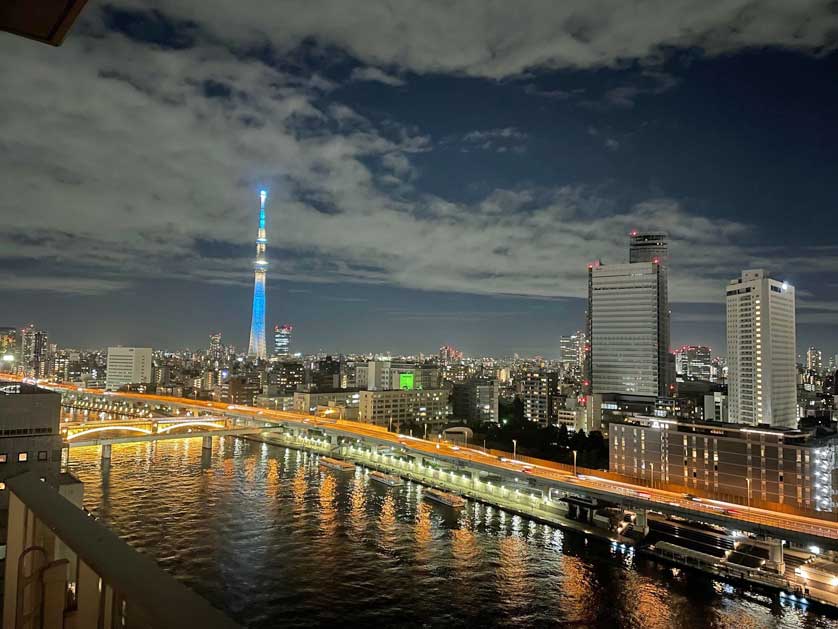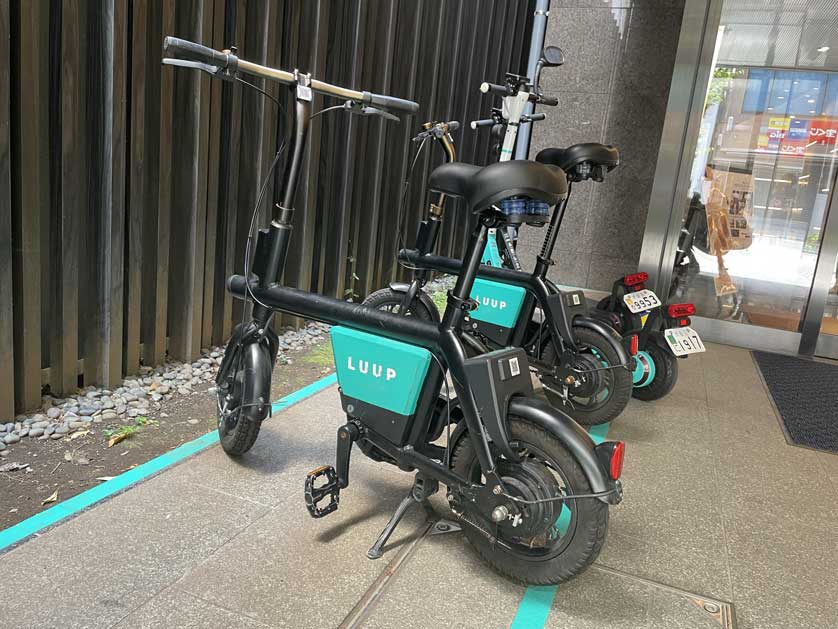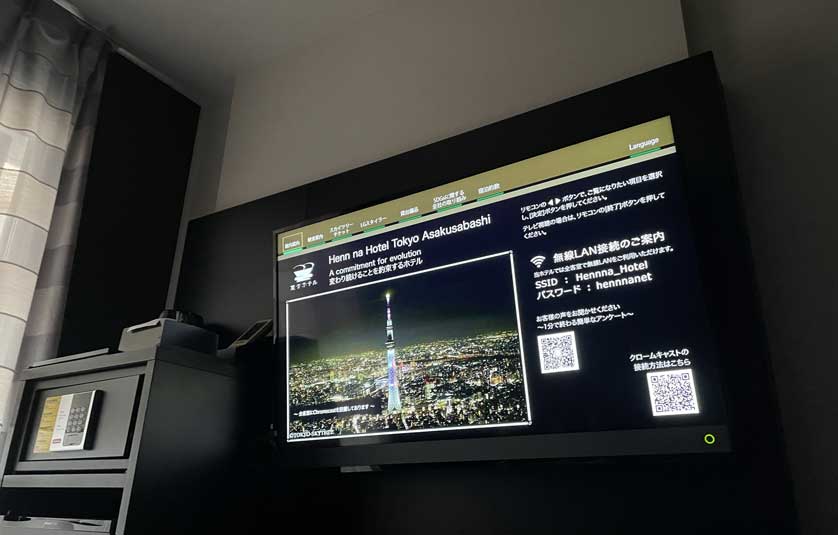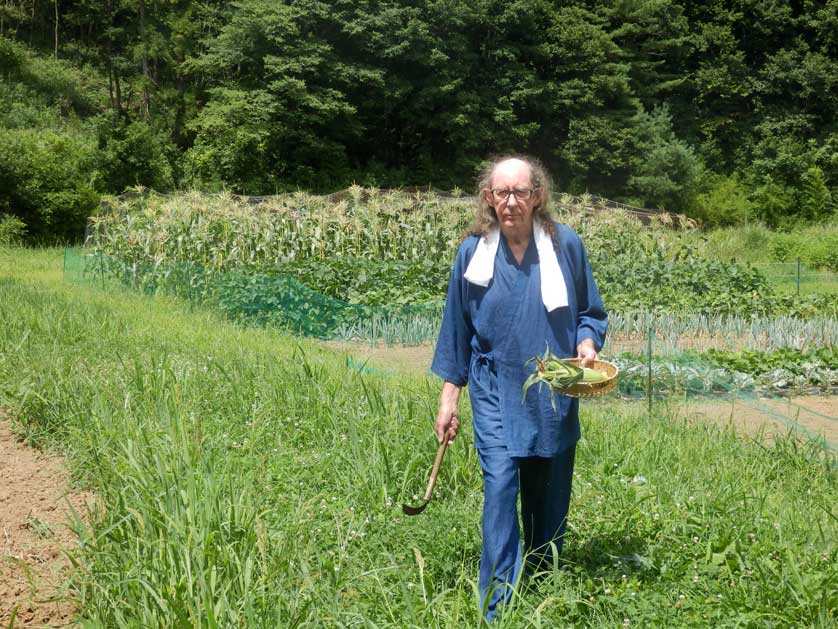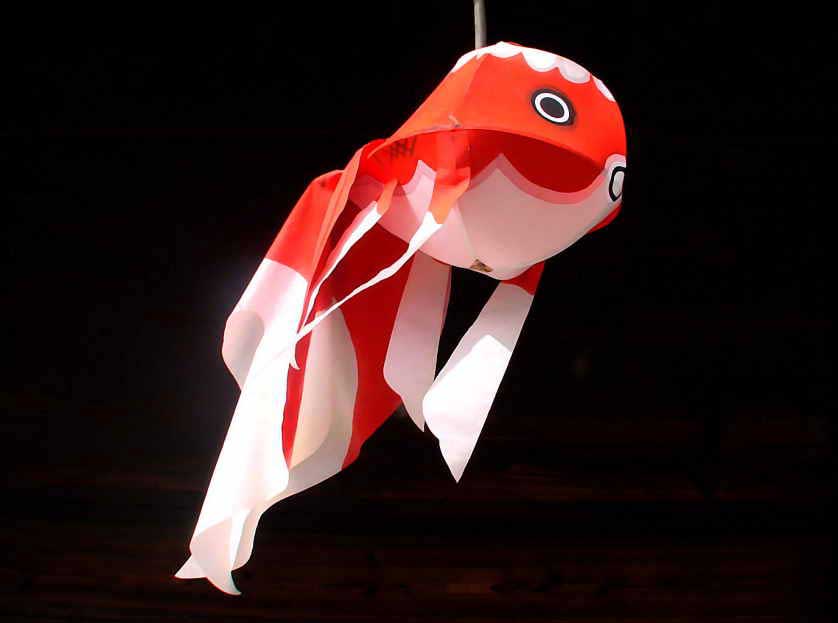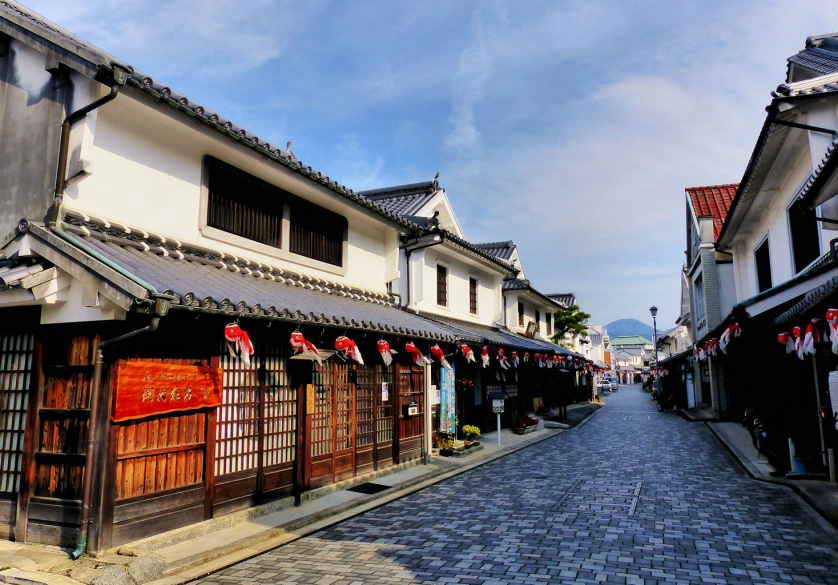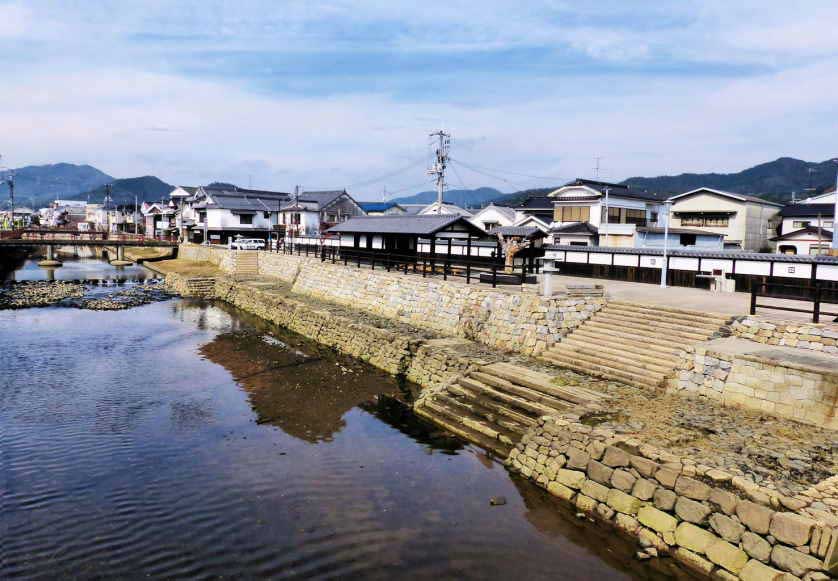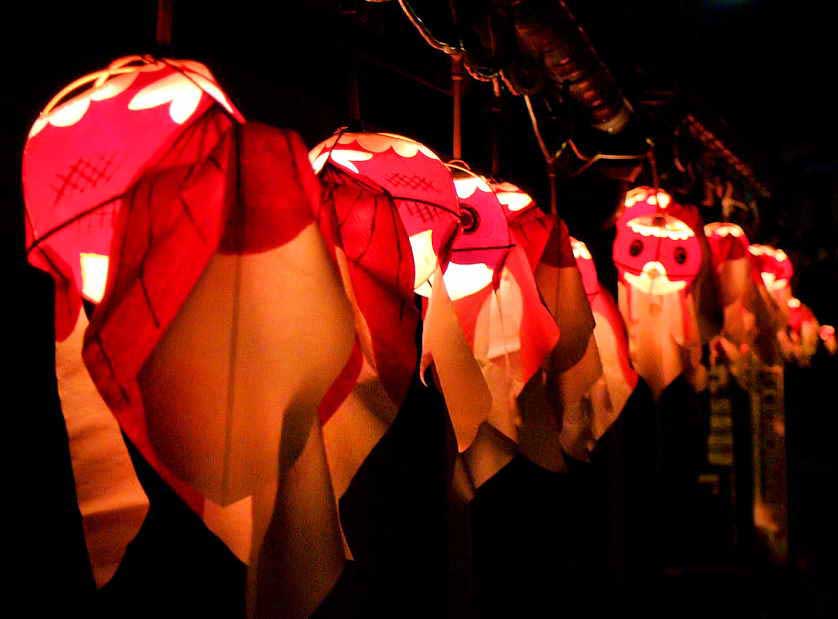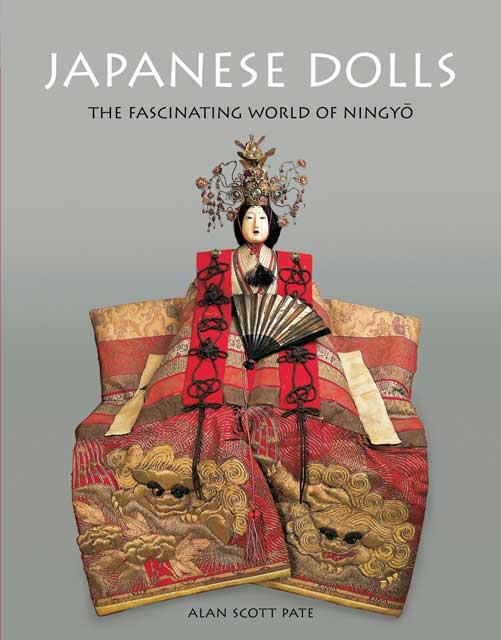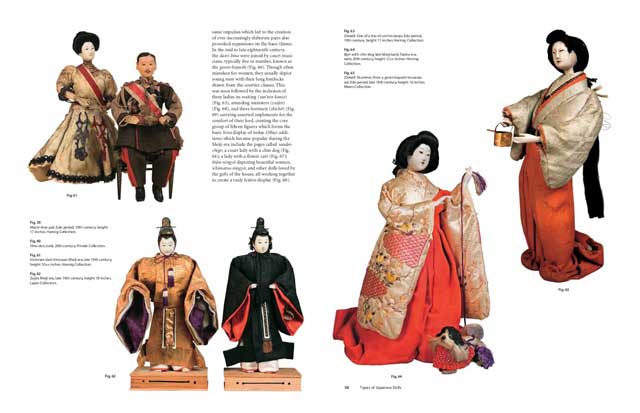All About Japan - Stories, Songs, Crafts and Games for Kids
All About Japan - Stories, Songs, Crafts and Games for Kids
Tuttle Publishing (2017)
ISBN: 978-4805313947
Hardback, 64 pp
 |
| All About Japan - Stories, Songs, Crafts and Games for Kids |
Young readers join 10-year-old Yuto and 12-year-old Momoka as they explain all about Japan from a child's perspective. Yuto lives in the countryside with his large (for modern days) family, and Momoka, an only child, lives in Tokyo. Both are fun, active kids involved in many things.
The children talk about their living arrangements. Yuto lives in a traditional old Japanese house, and he explains things like shoji, fusuma, tatami etc., while Momoka lives in a modern 2LDK apartment with many high-tech gadgets.
The children also mention their three favorite places in Japan, a typical day in their lives and Japanese culture; consisting of things schoolchildren are interested in these days such as manga, anime and video games. Their parents will be more drawn to other things explained such as ikebana, kabuki and shodo.
As for activities, readers will learn the ingredients for and how to prepare okonomiyaki, mochi and onigiri, how to fold paper into things like frogs and samurai helmets by using origami, and even the 10 steps necessary to perform in bon dances. If your young one doesn't know how to use chopsticks, that is covered, too. So is writing nengajo, a cultural part of Japan which is fading away, at least among the young.
There are slightly more "academic" sections on things like the myths of the origins of Japanese people and the appearance of Commodore Perry's Black Ships in 1868. Even long-time foreign residents of Japan might learn something if they don't already know about Izanagi and Izanami. The basics of haiku are also covered.
There is little to no kanji in the book except for translations of the few haiku and when readers will learn how to write numbers 1-10 in Japanese. Kanji, hiragana and katakana are all briefly explained.
One of the longest sections, taking about a quarter of the book, regards Japanese holidays and celebrations. Here, subjects such as oshogatsu, kodomo no hi, tanabata and o-bon are touched upon.
The final pages offer a few helpful resources to help children learn about Japan.
The book is large (8.5 x 11 inches, or 21.6 x 28 cm), and the drawings are fun, colorful and level appropriate.
Tuttle, the publisher, recommends this book for 8-12 year-olds. Eight might be a little young for a few of the pages, especially the four-page Japanese folktale of "The Boy Who Drew Cats," but consider it a challenge. Ratings for this read on various sites are high, with one site listing 97% of raters giving it four or five stars. The book won the 2012 Creative Child Magazine Preferred Choice Award.
Review by Marshall Hughes.
Buy this book from Amazon USA | UK | Japan
Looking to buy Japanese things directly from Japan? GoodsFromJapan is here to help.
More Japan Book Reviews
Japanese Kokeshi Dolls: The Woodcraft and Culture of Japan's Iconic Wooden Dolls
Japanese Dolls: The Fascinating World of Ningyo
Black Ships Illustrated Japanese History
Satsuma Rebellion - Illustrated Japanese History
Kuni: A Japanese Vision and Practice for Urban-Rural Reconnections
Off the Beaten Tracks in Japan
Tokyo Outdoors: 45 Walks Hikes & Cycling Routes
© GoodsFromJapan.com










